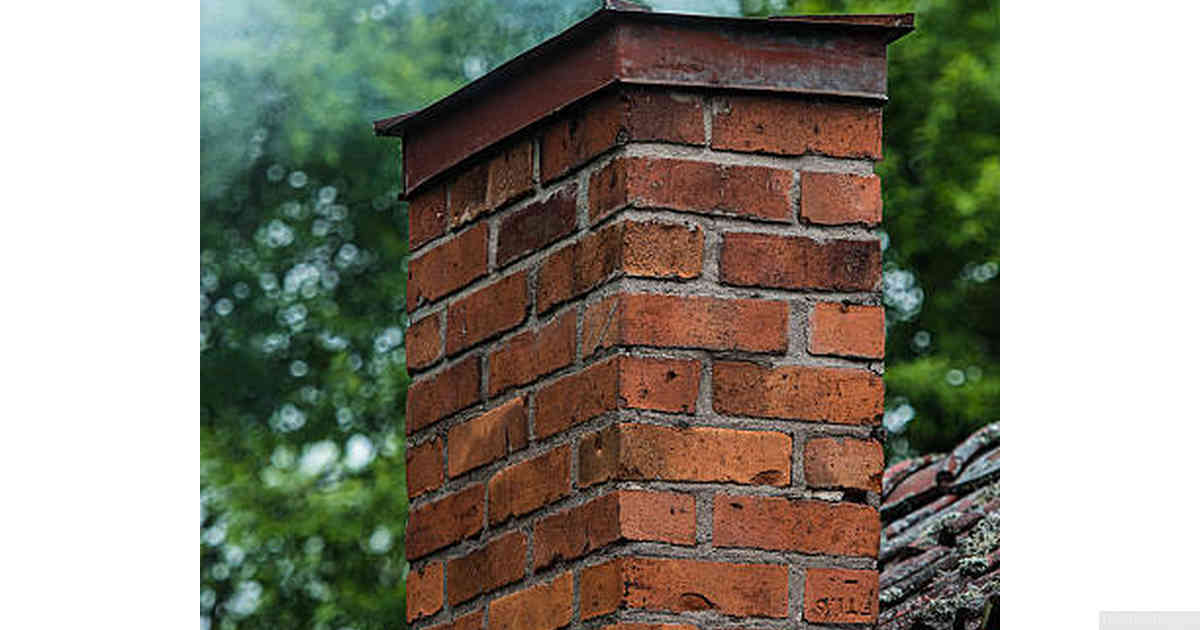
Green building strategies for roofing is a popular topic among those interested in maximizing energy efficiency. These strategies involve the use of eco-friendly materials and designs that help reduce energy consumption while providing superior protection from the elements. The goal is to create an environment where resources are used responsibly and efficiently, resulting in lower utility bills, improved indoor air quality, and overall better health.
Contents:
A green roof can be one of the most effective strategies for reducing energy costs associated with heating and cooling. Green roofs consist of layers that insulate buildings from heat loss or gain by trapping warm air inside during winter months, preventing overheating during summer months. Commonly found on flat roofs, these systems are also becoming increasingly popular on pitched roofs due to their ability to absorb sunlight without creating hot spots or glare problems within interior spaces. Green roofs often feature vegetation which helps further mitigate temperature extremes as well as provide other environmental benefits such as reducing stormwater runoff and improving local biodiversity by supporting native species habitats.
Other common green building strategies for roofing include reflective coatings which bounce sunlight away from a structure’s surface; cool-colored membranes which have been designed specifically to reflect solar radiation; high-efficiency windows designed to reduce thermal transfer between rooms; insulated sheathing products that serve as an additional layer of insulation between framing members and exterior cladding; and radiant barriers made up of lightweight aluminum foil sheets that block much of the sun’s heat from entering through attic vents or other openings in walls or ceilings.
Green building techniques can be extremely beneficial when it comes to saving money on energy costs over time while also helping protect our environment at large by conserving natural resources like water, electricity, gas, oil, etcetera. By implementing some combination of these technologies into existing structures or new construction projects alike, homeowners can rest assured knowing they have taken steps towards optimizing their home’s performance while still being kinder on Mother Nature at the same time.
Maximizing Energy Efficiency
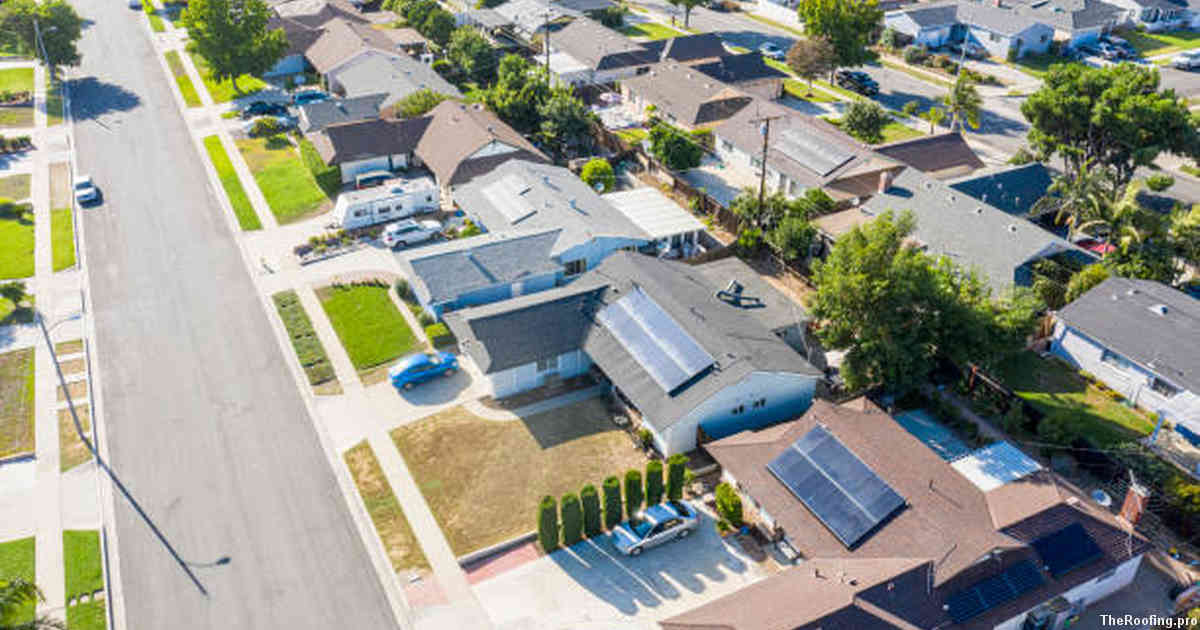
The key to maximizing energy efficiency is reducing the amount of heat transferred through a building’s roof. This can be accomplished by using green building strategies that focus on insulating, sealing, and shading the roof surface. Roof insulation acts as an effective barrier against heat transfer from outside air into a building’s interior. Sealing around openings in the roof such as chimneys and skylights helps reduce air leakage which can contribute to increased cooling costs during summer months. Adding shade structures over windows or other areas of direct sunlight will also help minimize solar gain and keep temperatures more consistent throughout the day.
To further maximize energy efficiency for roofs, consider reflective coatings or membranes that are designed to reflect rather than absorb sunlight. These types of materials have been proven to reduce cooling costs in commercial buildings by up to 40%. They also provide protection from weathering elements like rain, snow, and hail while reflecting damaging UV rays away from occupants inside a building. The added benefit is that these materials are extremely durable with some products offering warranties up to 20 years.
In addition to reflective coatings or membranes there are also green solutions available for flat roofs such as rooftop gardens or “green” roof systems which involve planting vegetation directly onto rooftops in order create natural insulation while simultaneously providing environmental benefits like improved air quality and reduced stormwater runoff. Green roofs can last upwards of 30 years if properly maintained so they provide an excellent long-term solution for increasing energy efficiency while decreasing heating costs at the same time.
Benefits of Green Roofing
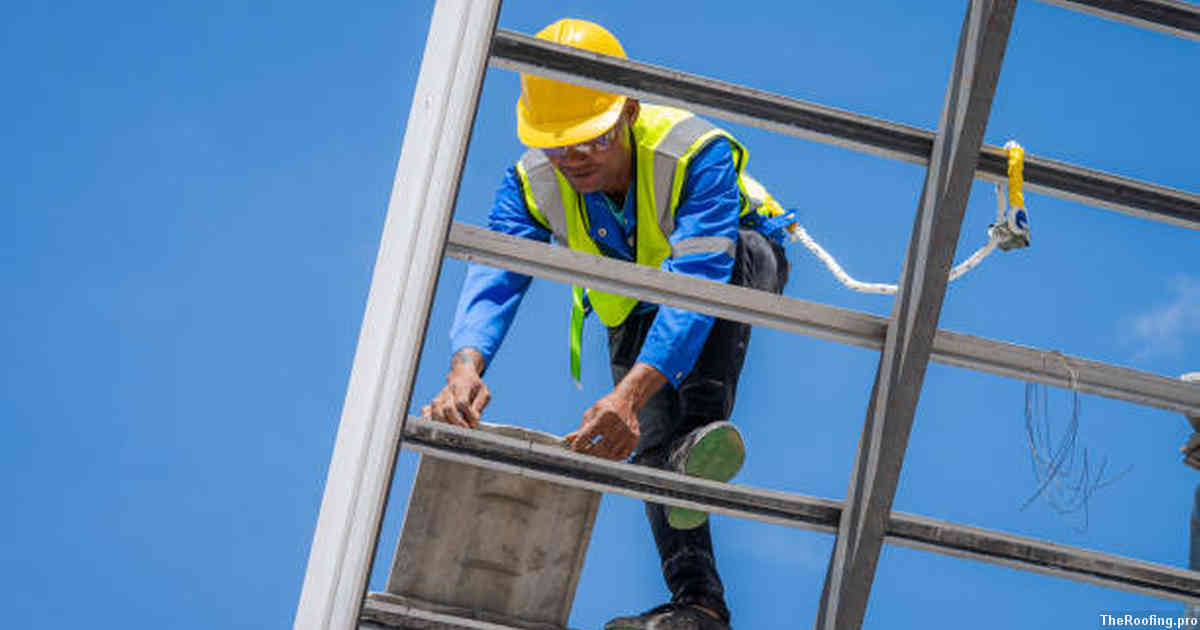
Green roofing offers numerous benefits for homeowners, businesses and communities alike. It can be used to reduce the need for air conditioning in buildings, providing a natural cooling effect during hot summer months. Green roofs also help mitigate urban heat islands by reducing surface temperatures of rooftops. This reduces energy consumption from heating and cooling systems, resulting in cost savings for building owners.
Green roofing helps protect buildings from extreme weather events such as hail storms and high winds by creating an additional layer of protection on top of the existing roof structure. It also prevents water damage to roofs caused by heavy rainfalls or snow melting rapidly on the rooftop surface due to temperature fluctuations throughout the day. Green roofs are aesthetically pleasing; they provide a lush backdrop that enhances any outdoor living space while providing insulation against sound pollution from nearby roads or industrial areas.
Insulation Strategies
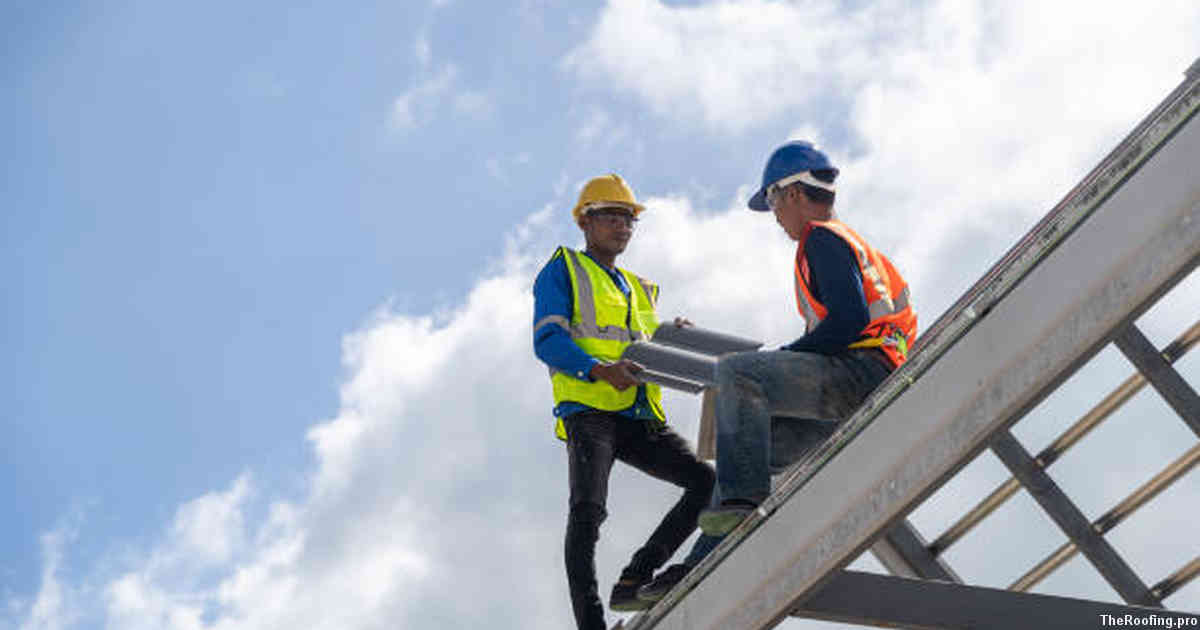
Insulation is an essential part of green building strategies for roofing, as it helps to maintain the desired indoor temperature while minimizing energy consumption. It works by trapping air and preventing heat transfer between inside and outside surfaces. There are two types of insulation that can be used in a roofing system: bulk insulation and reflective insulation. Bulk insulation consists of materials such as fiberglass or cellulose that trap air pockets within them, providing greater resistance to thermal movement than reflective insulations do. Reflective insulations usually consist of metalized films or bubble wraps which create an air barrier on the exterior surface of the roof, reflecting heat away from the interior space.
When choosing an insulation material for your roofing system, consider factors like R-value (resistance to heat flow), moisture content, installation methods, maintenance requirements and cost effectiveness. An important factor when selecting any type of bulk or reflective insulating material is its ability to provide effective vapor control in order to prevent condensation from forming on cold surfaces during winter months. You may also want to think about using recycled materials such as denim batts for additional environmental benefits; these products have proven highly effective at reducing energy costs over time due their longevity and performance characteristics in extreme temperatures.
Cool Roof Technologies
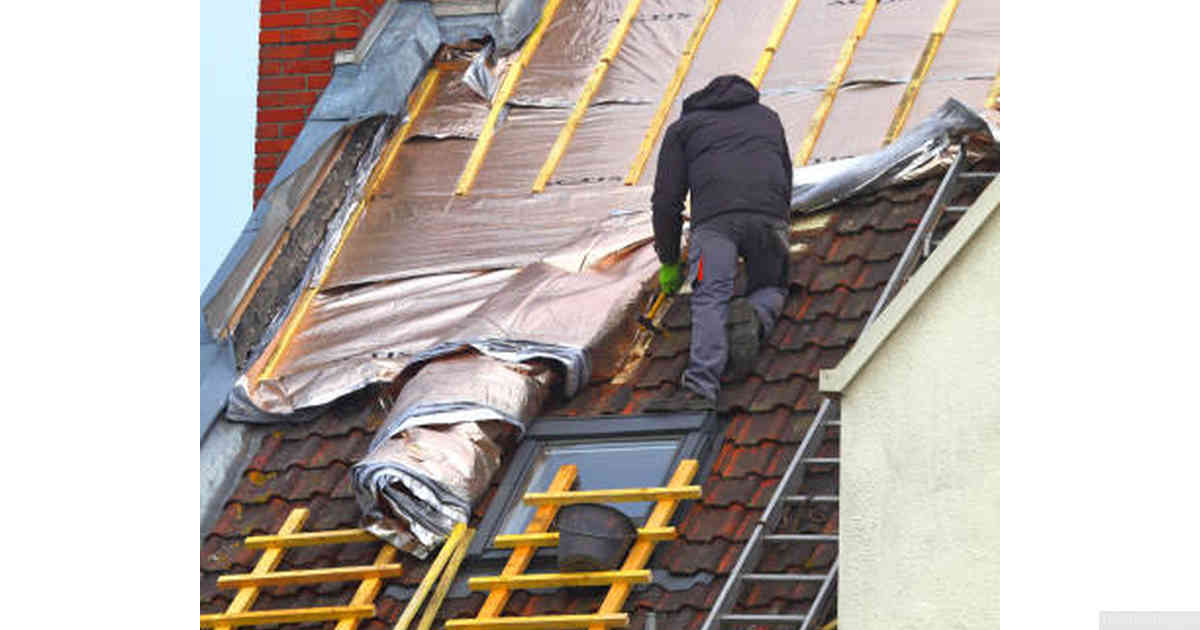
Cool roof technologies are an important part of maximizing energy efficiency with green building strategies for roofing. These technologies, which include reflective and emissive materials, help to reduce the temperature of roofs and buildings in hot climates. By reducing the amount of heat absorbed by a roof, these cool roof materials can decrease air conditioning costs by up to 15%.
In addition to cooling down roofs and buildings more effectively than traditional roofing materials, cool roofs also provide many other benefits such as improved indoor comfort and health benefits. Cooler temperatures on rooftops mean that homes will be cooler during summer months when it is most needed; this helps reduce the need for air conditioning systems which use large amounts of electricity. Lower rooftop temperatures result in less heat entering the home through its walls or attic insulation, making indoor spaces more comfortable. Cool roofs have been shown to improve air quality both inside and outside by reflecting sunlight away from structures so that fewer greenhouse gases are emitted into the atmosphere.
There are also environmental advantages associated with using cool roof technology. Since they reflect much more sunlight than traditional asphalt shingles or tiles do not absorb as much solar radiation – resulting in less damage being done to our planet’s delicate ozone layer – they can help reduce global warming effects over time if implemented correctly on a wide scale basis.
Recycled Material Options
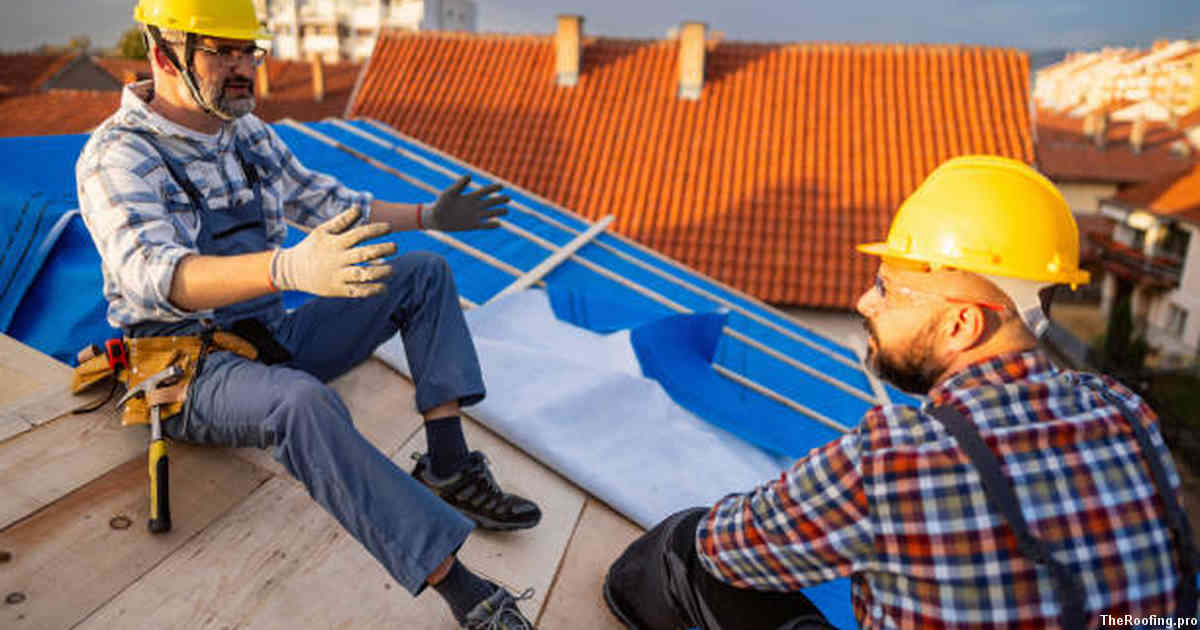
Recycled material options are a great way to maximize energy efficiency when it comes to roofing. Using recycled materials for roofing can help reduce the impact of construction on the environment and promote sustainability. Recycling materials for roofing also helps conserve natural resources by using less raw material in production. It can help reduce waste since many products are made from recycled material instead of new materials which would otherwise be discarded after use.
One type of recycled material that is commonly used for roofing is rubber shingle roofs. Rubber shingle roofs are composed of post-consumer tires and other rubberized components that have been shredded into small pieces and then combined with adhesive to form sheets or tiles that can be laid over existing roofs as an overlayment system. The benefit of this type of product is its durability, flexibility, low maintenance requirements, long lifespan, and sound dampening qualities. It has excellent thermal insulation properties due to its high density which helps keep buildings cooler in hot climates while reducing air conditioning costs significantly over time compared to traditional asphalt shingles or metal panels systems.
Another option when considering green building strategies for roofing is a vegetative green rooftop system which consists of installing vegetation such as grasses or shrubs directly onto your flat rooftops instead of regular coverings like asphalt shingle layers or metal panel systems. This type of system not only provides better insulation than standard covering methods but also reduces stormwater runoff by helping absorb precipitation more effectively into the soil below while providing additional aesthetic value through its greenery appearance on top if done correctly with proper maintenance practices like frequent irrigation throughout dry seasons etcetera.
Solar Panels & Heat Reflective Coatings
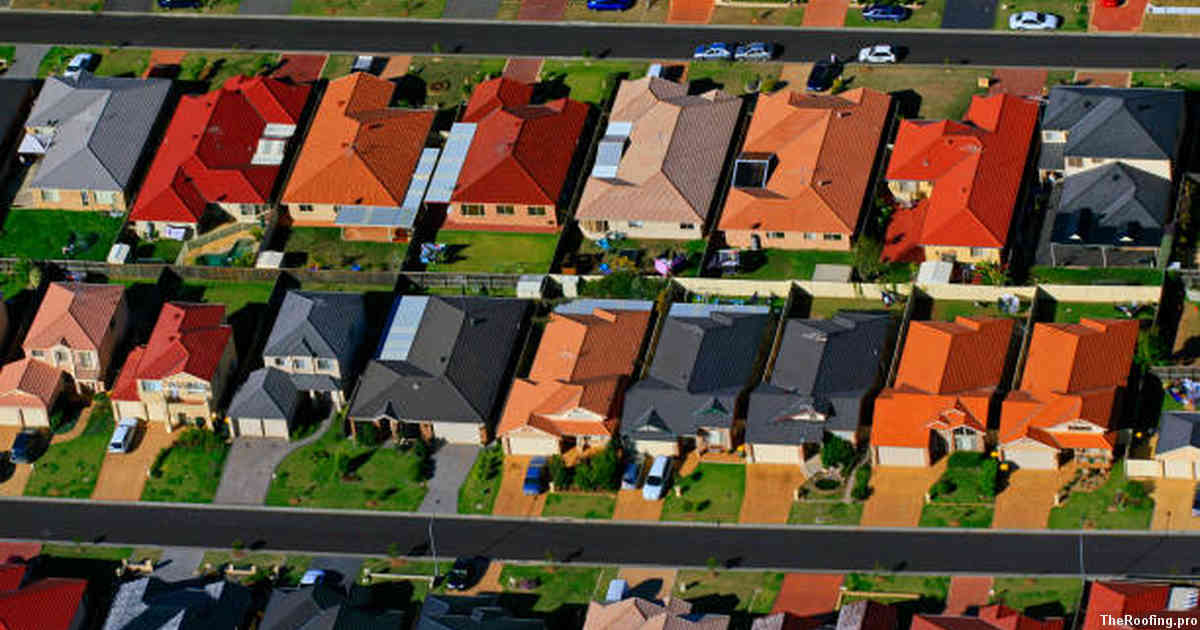
One of the most popular ways to maximize energy efficiency with green building strategies for roofing is through the use of solar panels and heat reflective coatings. Solar panels, also known as photovoltaics (PV), capture sunlight to generate electricity. PV systems can be installed on roofs or even integrated into a structure’s design. Heat reflective coatings are an excellent way to reduce summer temperatures in buildings by reflecting solar radiation away from the surface before it enters the interior spaces, reducing air conditioning costs and improving indoor comfort levels.
These solutions are highly beneficial when considering energy efficiency goals since they both serve to help keep temperatures regulated within a space while reducing cooling and heating bills. As well, these solutions require minimal maintenance once installed and their performance will not degrade over time due to extreme weather conditions or other environmental factors that could impact traditional insulation materials such as fiberglass or cellulose. This type of green building strategy does not rely on fossil fuels which eliminates any associated carbon emissions from its operation making it an environmentally friendly solution overall. When deciding between these two options for maximizing energy efficiency with green building strategies for roofing, there are several factors that should be taken into account including cost effectiveness versus longevity, local climate conditions and available resources among others in order to determine which one would best suit your particular needs. In either case however, you can rest assured knowing that investing in either option will provide long-term benefits when it comes to increasing energy savings throughout your home or business without sacrificing quality results along the way.
Durable & Long-Lasting Solutions
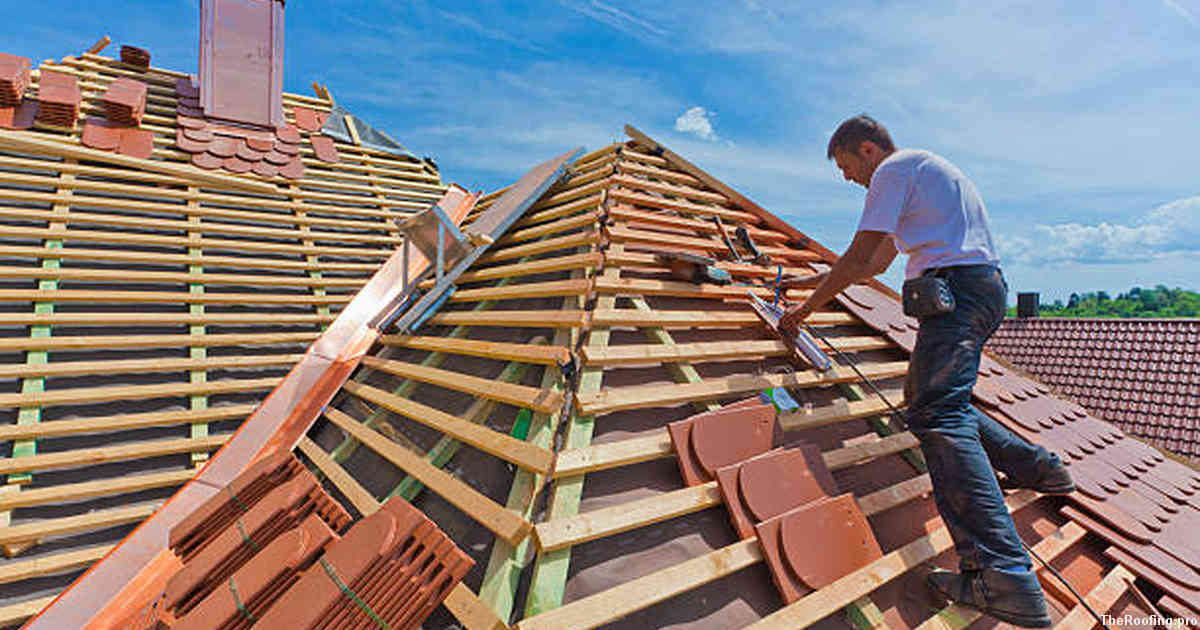
When it comes to choosing roofing materials, durable and long-lasting solutions are key. With green building strategies, you can make sure that your roofing not only withstands the elements but also maximizes energy efficiency in the process.
One of the most popular options for green roofs is recycled rubber. This material has a very high resistance to UV radiation, making it ideal for hot climates where temperatures often reach into the triple digits. It’s also resistant to wind and hail damage, providing extra protection against Mother Nature’s wrath. Rubber is highly reflective which helps reduce cooling costs by bouncing away much of the sun’s heat from entering through your roof’s surface area.
Another great option for eco-friendly roofs is solar shingles or tiles. These come in various sizes and shapes depending on what kind of look you’re going for – from classic slate designs to bold contemporary styles – so they can fit any home aesthetic while still being environmentally friendly at the same time. Solar shingles absorb sunlight during daylight hours and convert it into usable electricity throughout night hours as well; this means less reliance on fossil fuels like natural gas or oil when powering your home appliances or electronics!
Cost Savings with Green Roofing
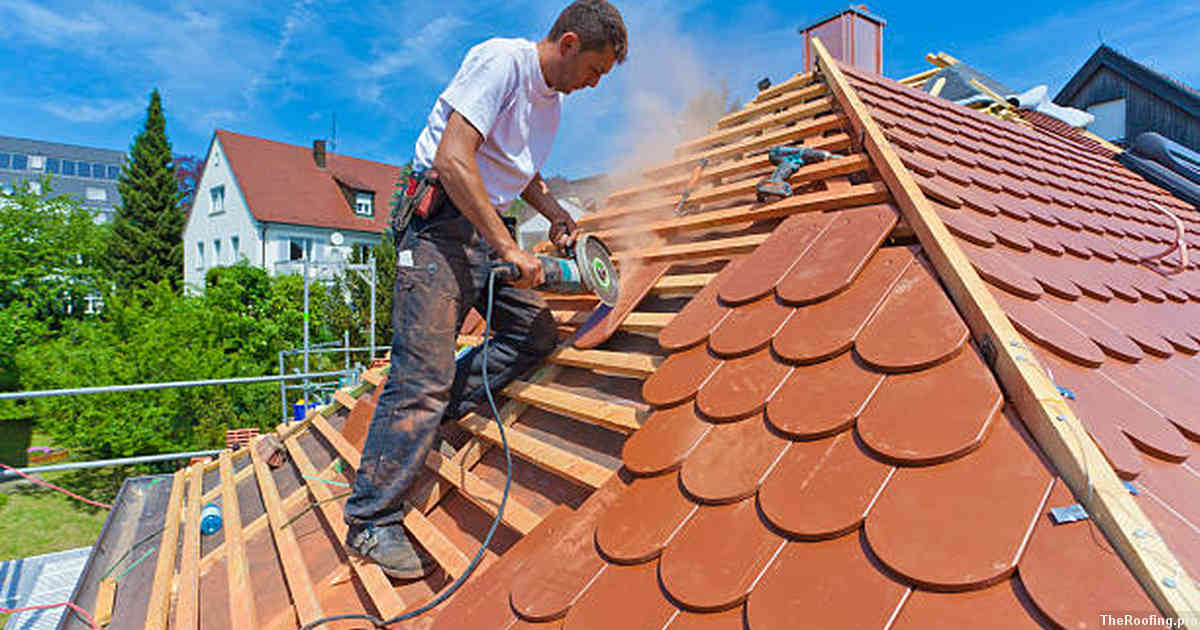
Installing green roofing systems can offer substantial cost savings in the long run, despite their initial higher installation costs. In comparison to traditional roofing materials, green roofs are much more energy efficient and can reduce cooling costs significantly. This is because of their ability to act as an insulating layer against heat radiation from the sun during warm summer months. The addition of vegetation also helps keep temperatures cooler by releasing moisture into the air through evapotranspiration.
Green roofs are designed to retain rainwater which makes them extremely effective at reducing storm water runoff. This can be beneficial for businesses as it eliminates potential damages that could be caused by excess water pooling on flat rooftops or infiltrating buildings’ foundations, saving money in repair and maintenance fees over time. Depending on local regulations and incentives available, installing a green roof may qualify you for tax credits or other financial benefits that will help offset some of its installation expenses. Beyond simply being more affordable than traditional alternatives over time; choosing a green roof system has many environmental benefits such as improving air quality by absorbing harmful pollutants from the atmosphere while providing habitats for birds and other wildlife species within urban areas. It is clear that investing in a green roof offers considerable cost savings both financially and ecologically making it a great choice for any business looking to maximize their energy efficiency with eco-friendly building strategies.